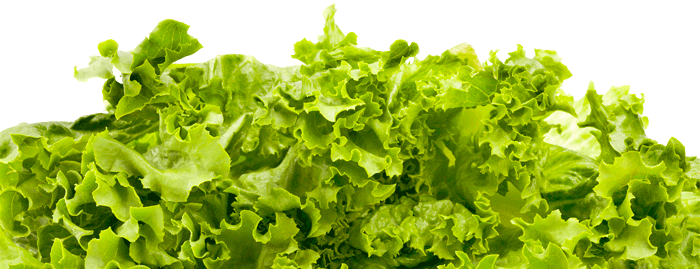
There’s no guarantee that a diet rich in fruits and vegetables will ward off cancer, but, according to health experts, it sure helps. Research suggests that some of these plant-based foods contain cancer-fighting compounds called antioxidants, which help keep cancers and other diseases at bay.
Leafy greens are one such example. A report by the American Institute for Cancer Research (AICR) suggests that consuming non-starchy, dark-colored leafy greens, such as spinach and deep green lettuces, may protect against cancers of the mouth, throat, voice box, esophagus and stomach while providing fiber and antioxidants. Examples of other leafy greens are kale, bok choy, chard, mustard greens and mesclun, a salad mix.
Beta-carotene, a particularly powerful antioxidant, is the powerhouse behind these greens. As a rule of thumb, the greater the intensity of the color of a vegetable, the more beta-carotene it contains. In addition, cooking beta-carotene-rich vegetables in a small amount of oil can increase the body’s ability to absorb it in the small intestine, according to the AICR.
Recipe:
- 1-2 cloves of garlic
- 1/2 medium onion chopped
- 1/2 lb. leafy greens (kale, chard or collard greens)
- 1 tbsp. extra virgin olive oil
- 1 tsp. freshly ground black pepper
- Salt to taste
- Chop the garlic and onions, and then set aside. Research shows that allowing garlic to stand for 15-20 minutes before cooking can help retain its health-beneficial enzymes.
- With a knife, remove and discard very tough or damaged end portions of the greens. Keep the majority of the stems attached. “Core” the center portion of the greens, then chop the leaf cores and stems into bite-sized pieces and set aside. Roll the leaves into a tube shape, about three at a time, and cut lengthwise to create thin 1 inch ribbons.
- Heat the oil over medium heat in a large skillet. Add the onion, garlic, black pepper and green stems and cores. Heat covered for 3-5 minutes, stirring occasionally until onions are translucent. Add the leaves and cook, covered, another 3-5 minutes until stems are tender and leaves are wilted and brightly colored. Add a tablespoon of water to the pan if it seems like the leaves are getting too dry.
- Add salt to taste.
You can eat this dish on its own, or use it to spice up other dishes:
Whisk it into eggs for an omelet
Mix it into a broth for a simple soup
Toss with cooked whole grain pasta
Mix with chickpeas for a simple side-dish
Makes 4 servings; Each serving equals about 1 cup
Per Serving: 65 calories, 4 g total fat (
Recipe source: American Institute for Cancer Research






